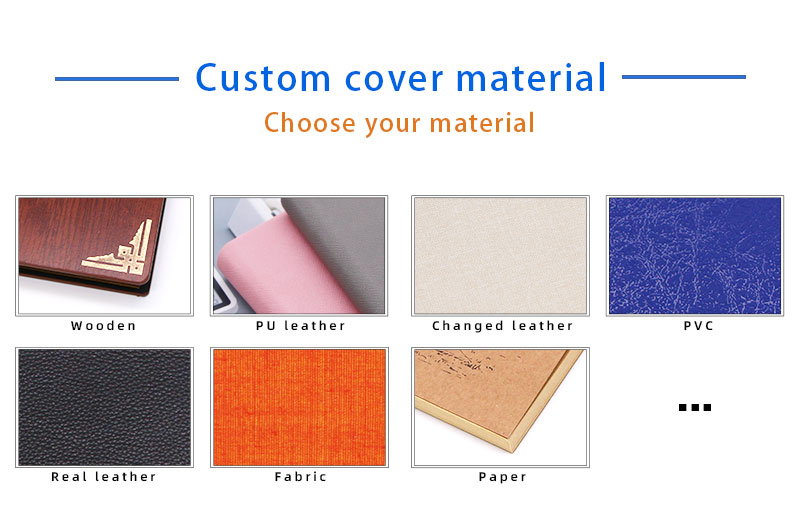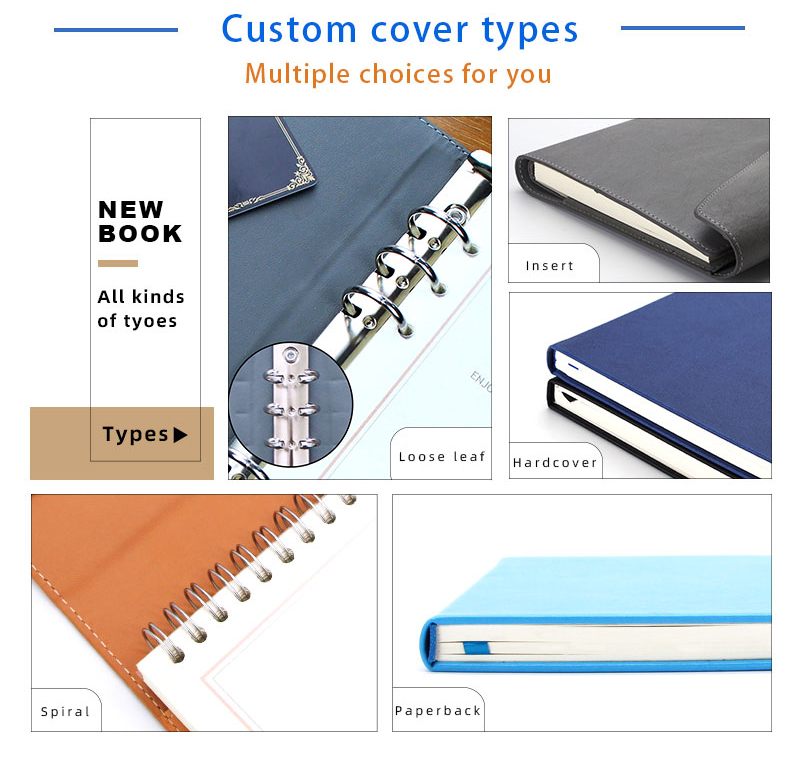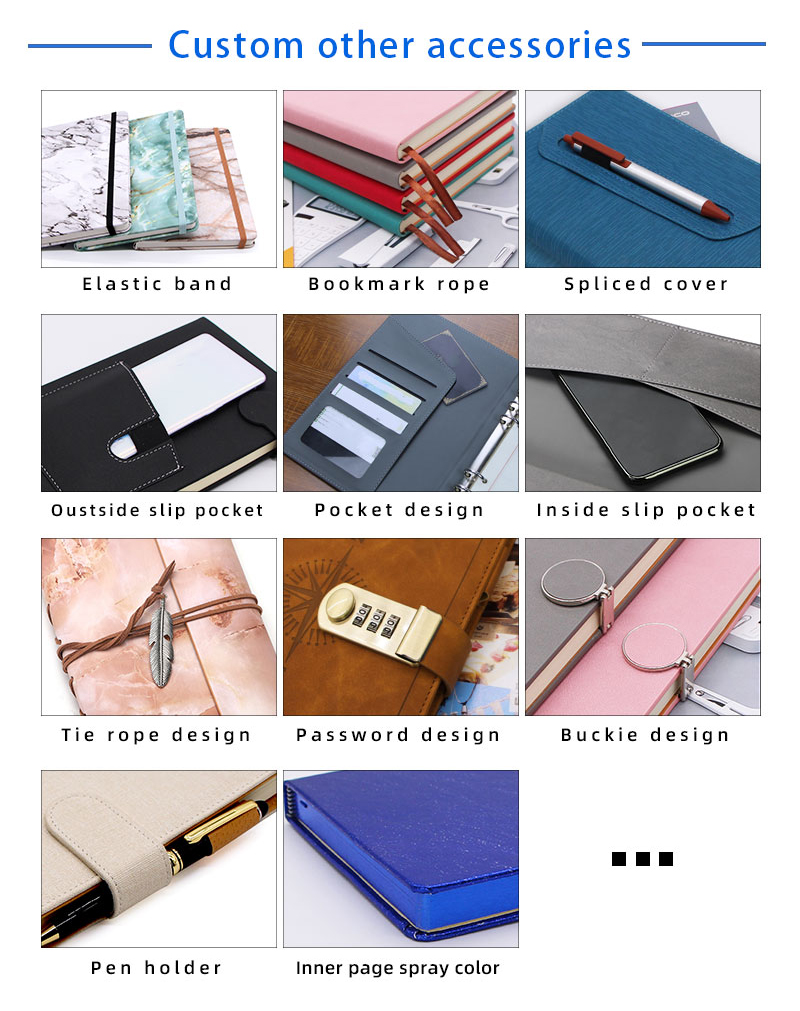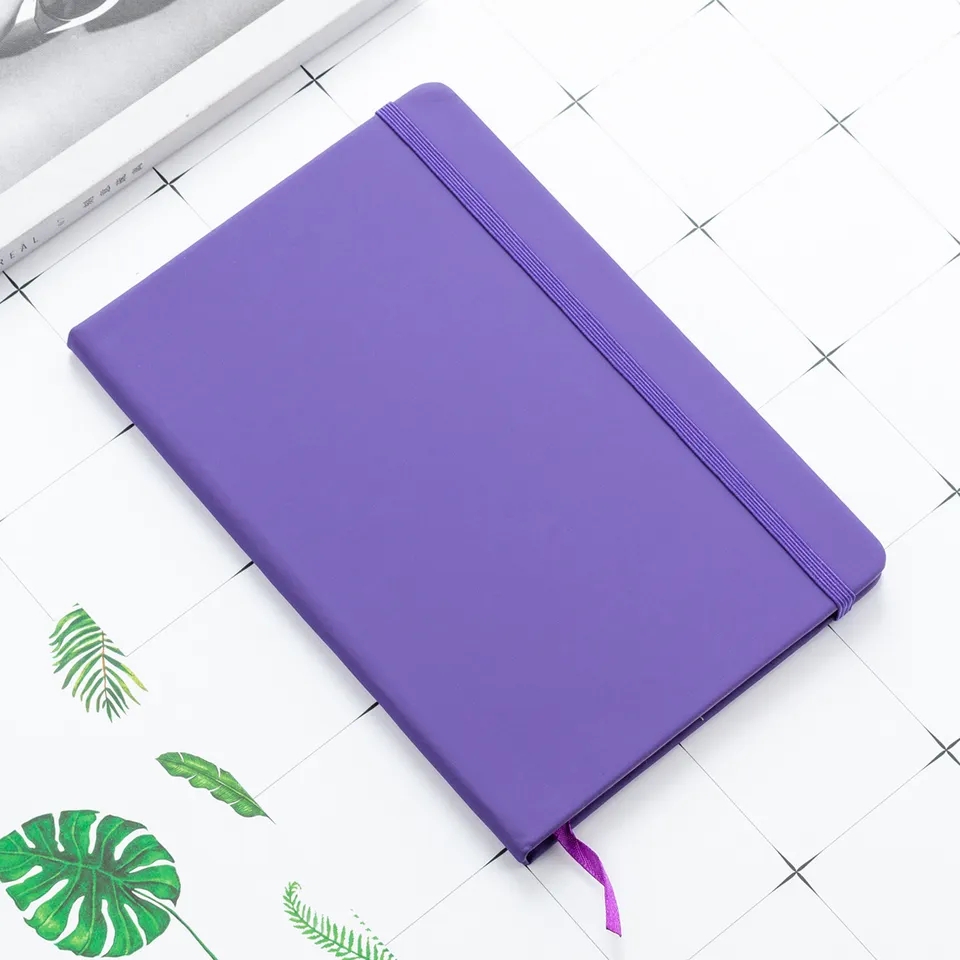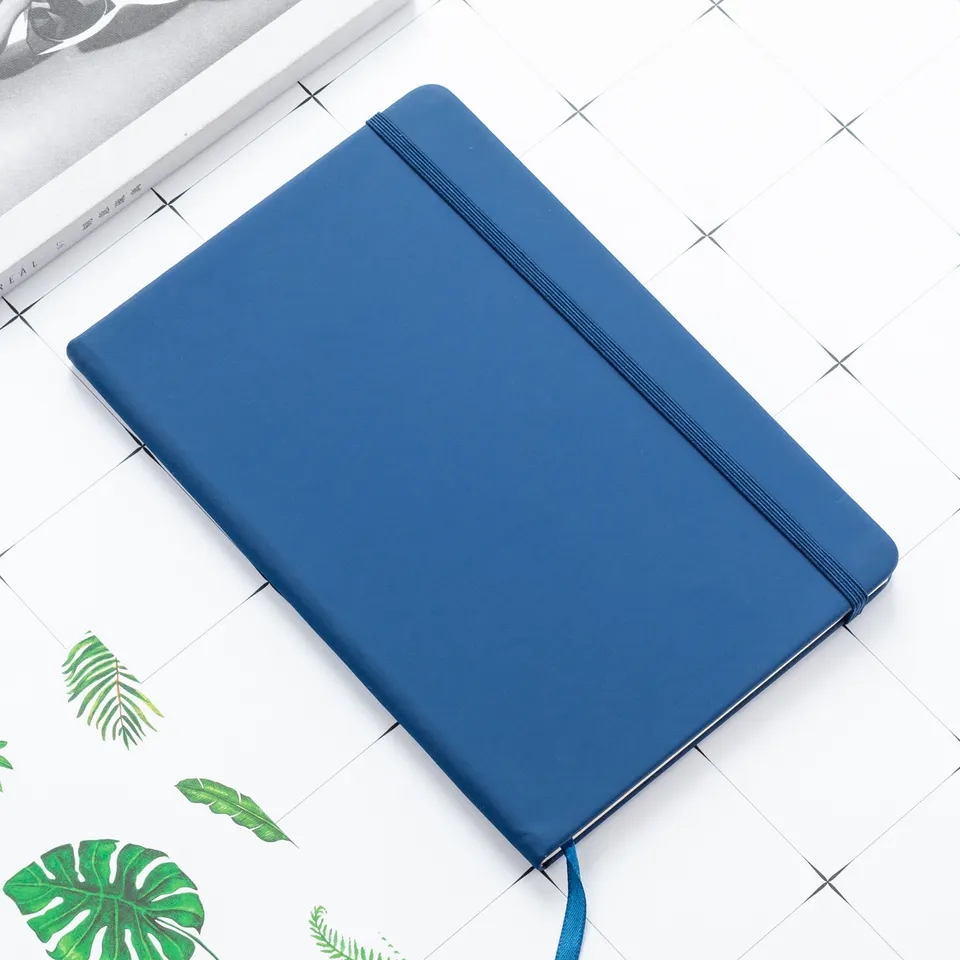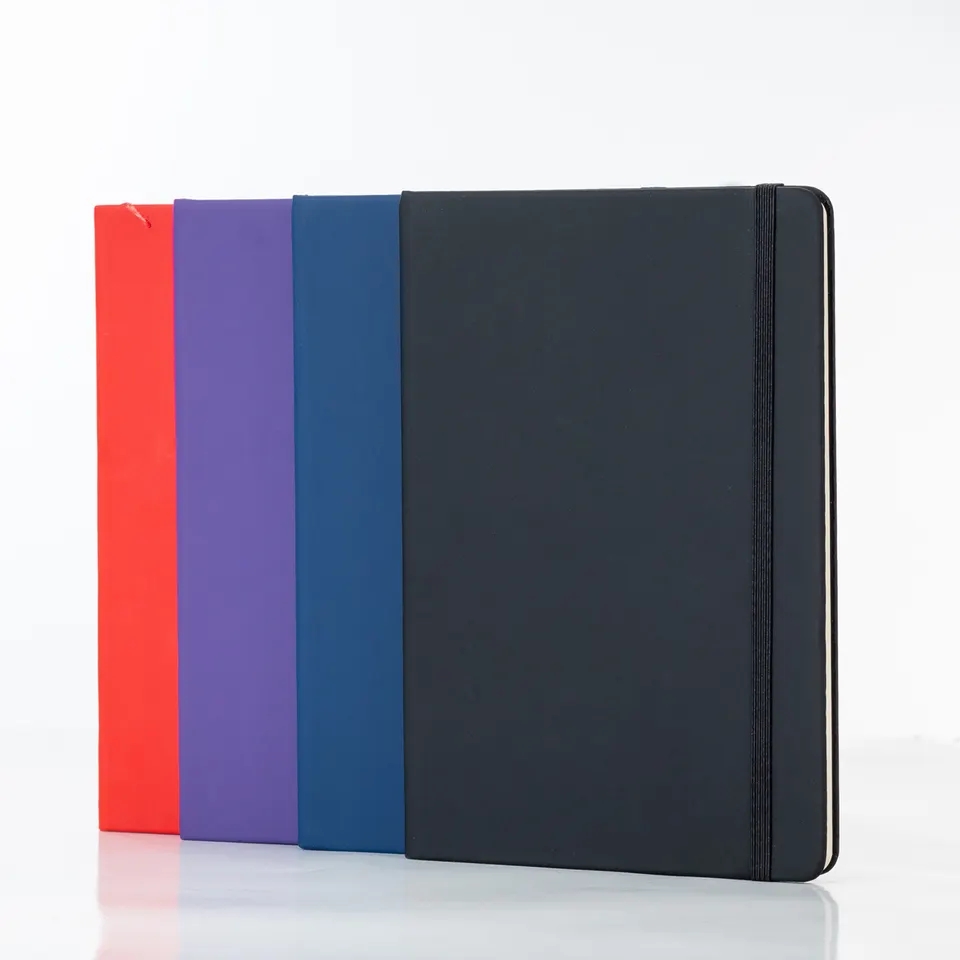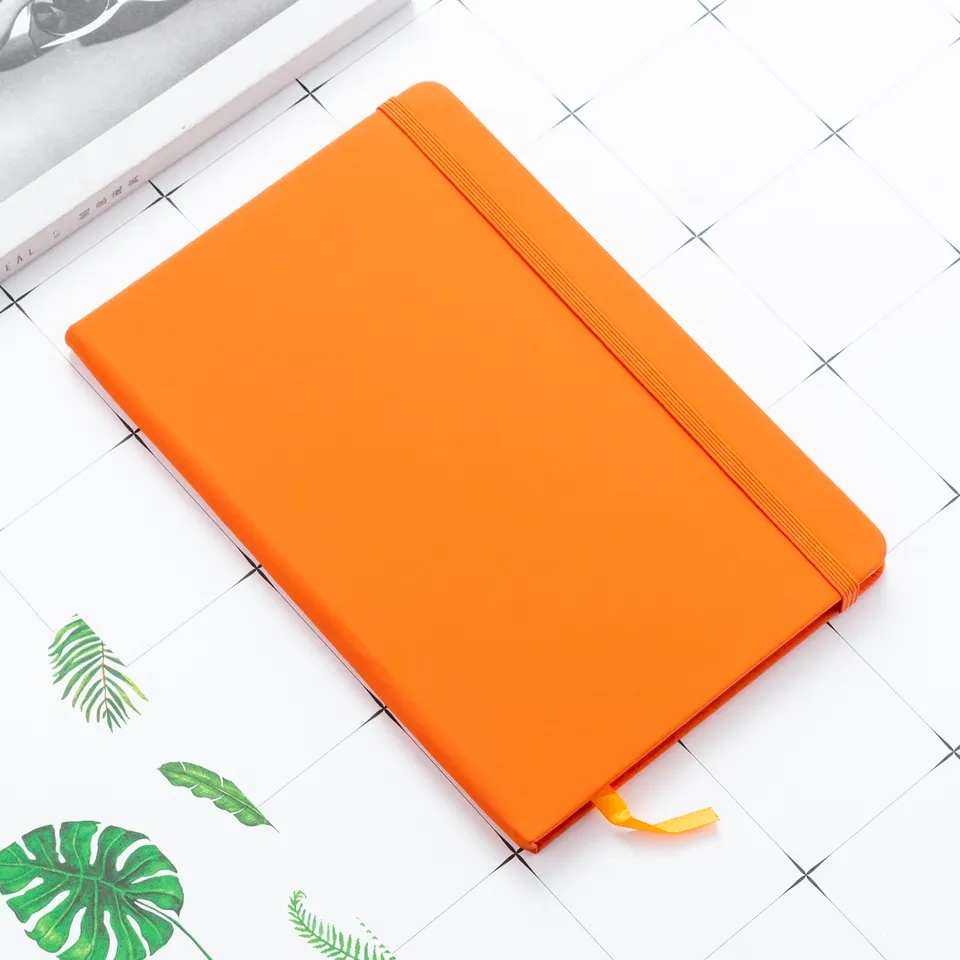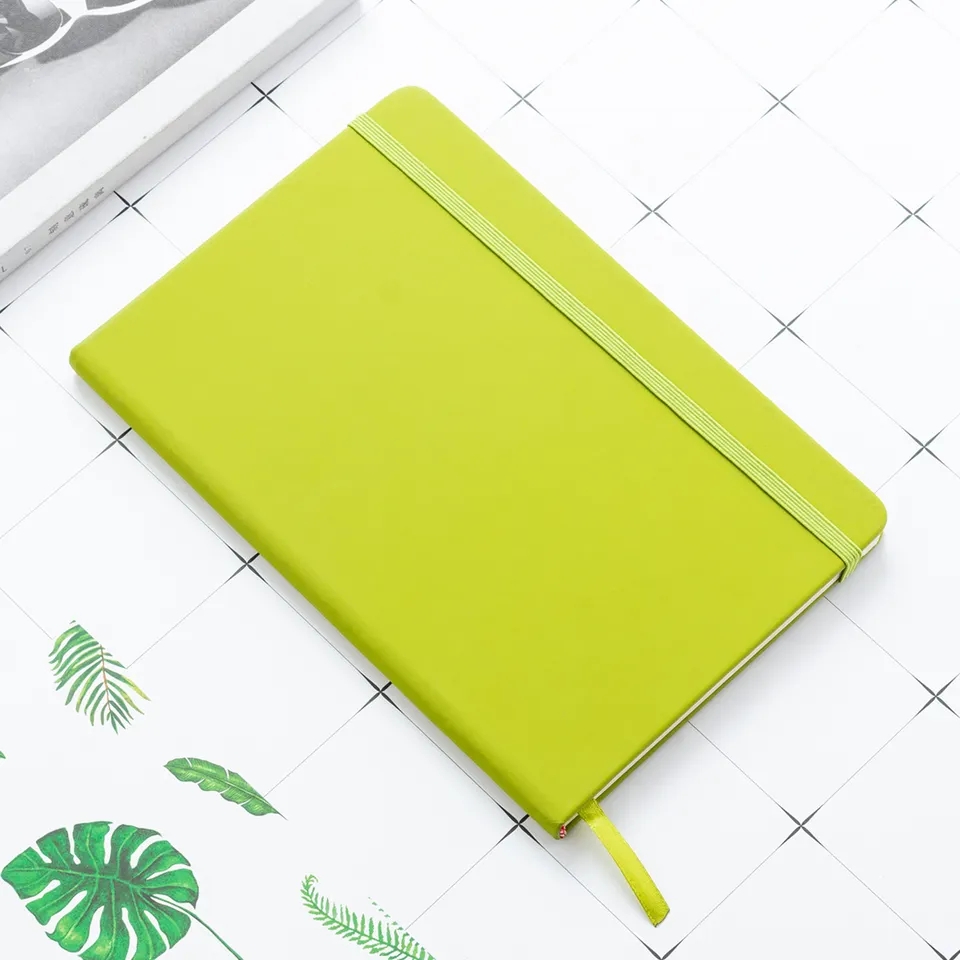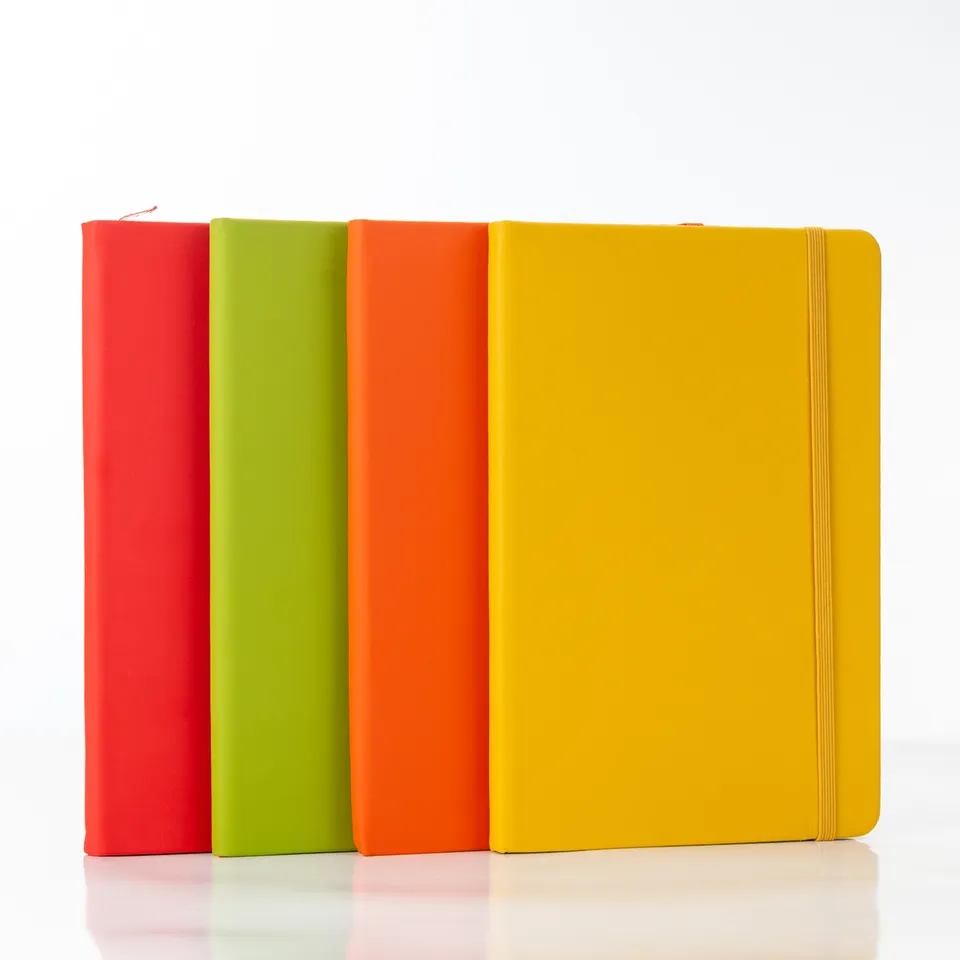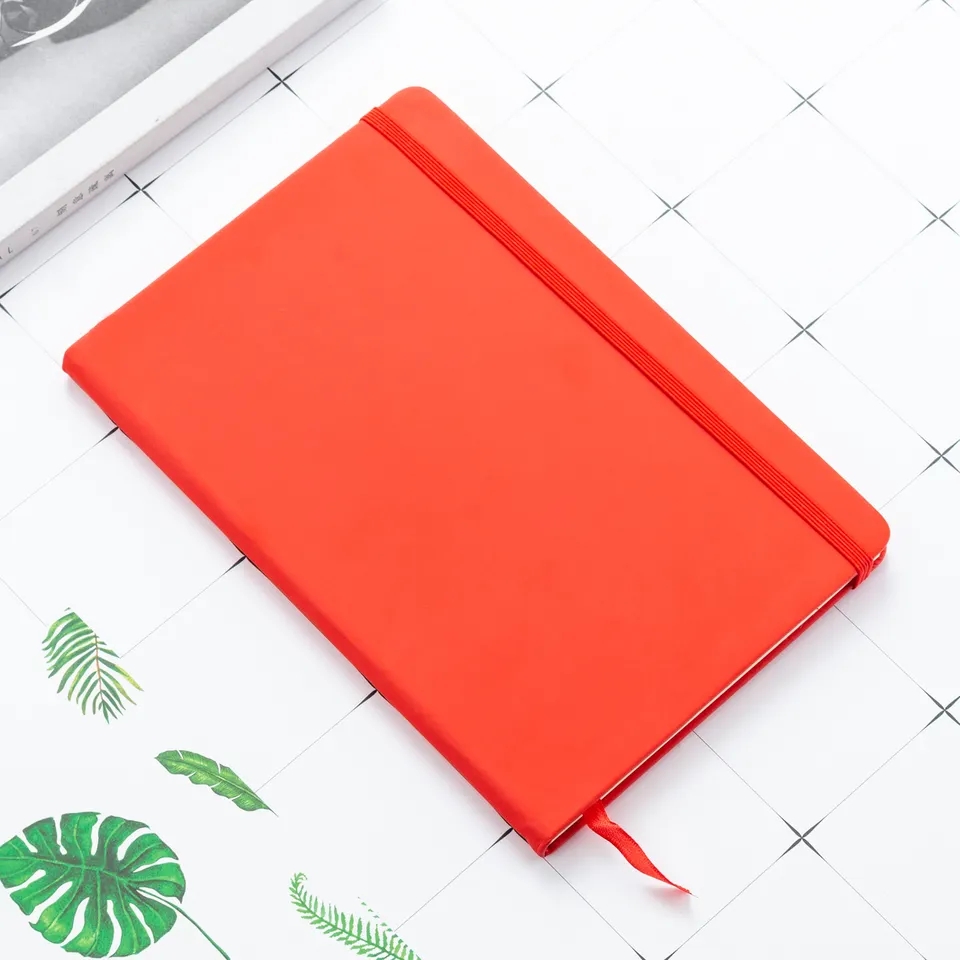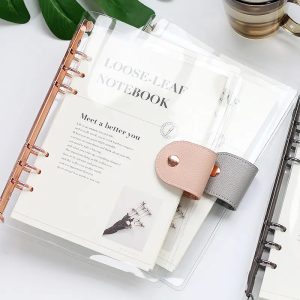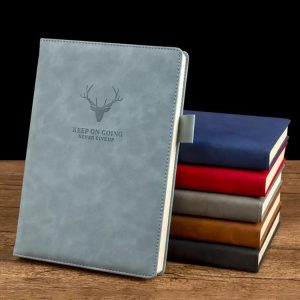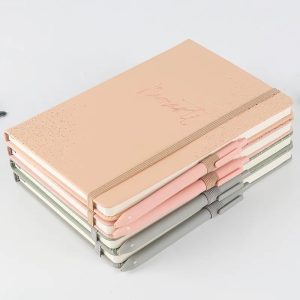The Evolution of Notebooks: From Papyrus to Digital Tablets
Introduction:
The notebook, a simple yet versatile tool for recording thoughts, ideas, and information, has a rich history that spans centuries. From its humble origins on papyrus to its modern digital iterations, the notebook has evolved to meet the ever-changing needs of humanity. In this article, we will journey through the evolution of notebooks, tracing their development from ancient times to the digital age.
1. Ancient Origins: Papyrus Scrolls and Wax Tablets
The concept of a portable writing surface can be traced back to ancient civilizations. In ancient Egypt, scribes used papyrus scrolls to record information. These scrolls were made from the pith of the papyrus plant and served as early forms of notebooks.
In ancient Greece and Rome, wax tablets were popular. These tablets consisted of a wooden frame with wax-filled cavities. Writers used a stylus to etch their notes into the wax, and the tablet could be smoothed over to erase the content, making it a reusable notebook of sorts.
2. Medieval Manuscripts: The Birth of the Codex
During the Middle Ages, the transition from scrolls to the codex format marked a significant development in the history of notebooks. The codex was a book-like structure with pages made of parchment or vellum, bound together, and often adorned with intricate illustrations and calligraphy. These manuscripts were laboriously created by monks and scholars and were instrumental in preserving knowledge during that era.
3. The Age of Paper: Renaissance Notebooks
The invention of the printing press by Johannes Gutenberg in the 15th century led to increased availability of paper. This accessibility to paper paved the way for the widespread use of notebooks. Renaissance scholars and thinkers used notebooks known as “commonplace books” to record their thoughts, quotes, and observations, creating a rich repository of intellectual history.
4. Modern Notebooks: From Leather-Bound to Spiral-Bound
In the modern era, notebooks underwent various transformations. Leather-bound journals became popular for their durability and elegance, often serving as diaries or personal journals. The 20th century saw the emergence of spiral-bound notebooks, which revolutionized note-taking in educational and professional settings due to their convenience and affordability.
5. The Digital Age: Notebooks Go Digital
With the advent of computers and digital devices, notebooks entered the digital realm. Laptops and tablets replaced traditional paper notebooks for many tasks, offering the ability to store and organize notes electronically. Note-taking apps and software like Evernote, OneNote, and Notion have further transformed the way people capture and organize information.
6. The Future of Notebooks: Blending Analog and Digital
While digital note-taking has gained popularity, the allure of physical notebooks remains strong. Many individuals find that the tactile experience of writing on paper sparks creativity and enhances memory. Hybrid notebooks that combine the convenience of digital storage with the pleasure of writing on paper are becoming increasingly popular.
Conclusion: A Timeless Tool for Expression
The notebook has come a long way, evolving from ancient scrolls to modern digital tablets. Its enduring appeal lies in its ability to adapt to the needs and preferences of each era. Whether you prefer the charm of a leather-bound journal, the convenience of a spiral-bound notebook, or the versatility of a digital tablet, the notebook continues to be a timeless tool for expression, creativity, and organization. Its journey through history reflects the evolution of human communication and the enduring value of recording and sharing ideas.
